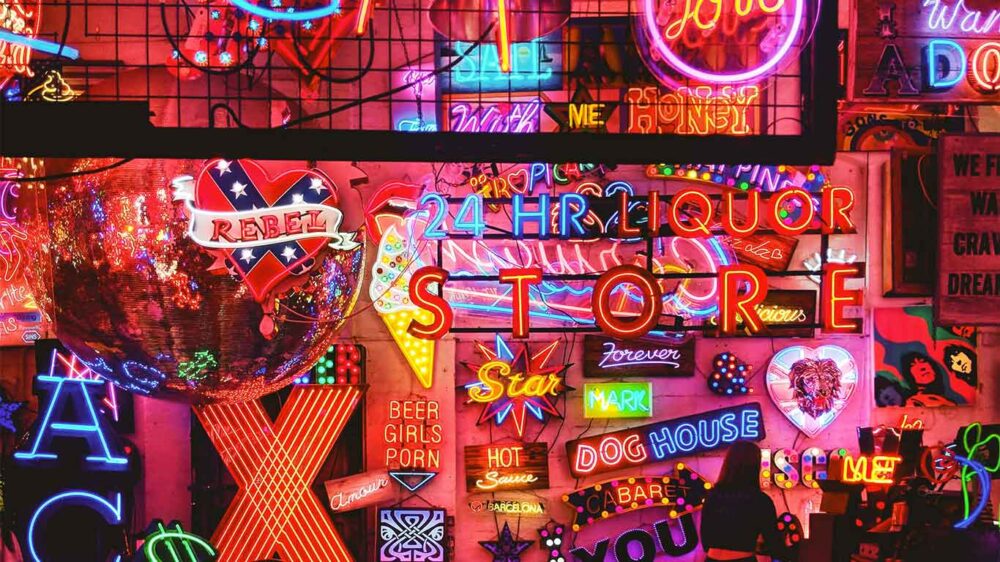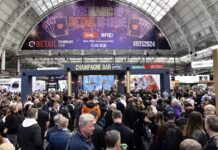Many businesses use personalisation to stay relevant as consumer demand and behaviour change dynamically. Several studies have indicated that many consumers prefer purchasing retro products, with most wishing for shopping experiences similar to those in the past.
Many customers are also turning to buying less and more sustainably at specific periods like the beginning of the year. The widespread purchase of classic products like VHS tapes and Polaroid cameras points to the resurgence of retro. Some reports indicate that consumers are turning to these products because of the nostalgia they bring.

The Psychological Appeal of Nostalgia
Nostalgia is a potent tool for consumer engagement, as it triggers fond memories associated with a bygone era. Retailers adept at harnessing this connection have reintroduced vintage-inspired products, evoking sentiments of familiarity and comfort. Retro designs also continue to dominate online entertainment. For instance, numerous online casinos now offer opportunities to play slots online with traditional themes ranging from classic fruit to retro-style slots. With their considerable attention to visuals and other gameplay aspects, these games offer captivating and enjoyable experiences.
🏆
The 2024 Creative Retail Awards are open for entries.
The Creative Retail Awards are much more than a mere accolade; they represent the pinnacle of achievement in the retail industry. Garnering a nomination or winning one of these awards is a testament to innovation, excellence, and leadership.
www.creativeretailawards.com
The nostalgia of times drives people to consume products that depict times they were never in. For example, many people will watch movies and music that reflect past events from before they were born. In the fashion industry, several brands are integrating age-old trends into current lines in order to stay appealing to customers. By combining past designs, fashion brands craft unique styles through which individuals can express their personalities. Further, many consumers have become more environmentally conscious and seek to contribute to environmental conservation efforts. As such, they turn to fashion pieces from secondhand shops that are more environmentally friendly.
How Retail Businesses Revitalise Classic Designs
Retail businesses continually find ways to reinvigorate classic designs, leveraging the timeless appeal of vintage aesthetics. By carefully studying historical designs, retailers extract elements that possess enduring appeal and update them to suit current tastes. Brands like Gucci and Louis Vuitton have revisited their archives, reimagining classic handbags, clothing silhouettes, and patterns to resonate with today’s consumers.
Similarly, in technology, companies have revived classic designs with modern functionalities. For instance, Motorola reinvigorated its iconic Razr flip phone, once a symbol of early 2000s mobile technology. The new Razr retained its flip design while integrating features like a foldable OLED display and enhanced camera capabilities. Furthermore, furniture brands like Herman Miller have reintroduced mid-century modern pieces, such as the Eames Lounge Chair, that appeal to vintage enthusiasts.
Moreover, the resurgence of vinyl records exemplifies how retail businesses breathe new life into vintage products. Music enthusiasts have embraced vinyl records, appreciating their tangible, nostalgic appeal in a digital age. Record stores and online retailers have capitalised on this trend by offering classic albums alongside contemporary releases.
As retro continues to sweep across different sectors, it might not be a surprise to have people of all ages embrace this trend. Therefore, by understanding how shoppers are influenced in the past and present, businesses can craft crucial strategies to help them stand out.
















